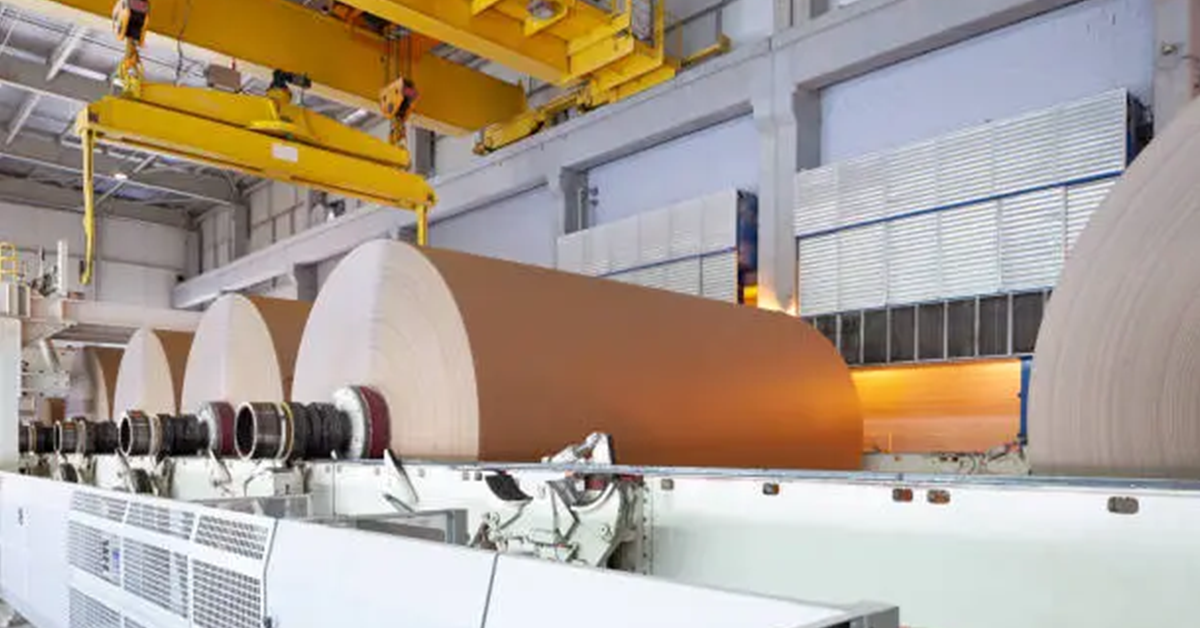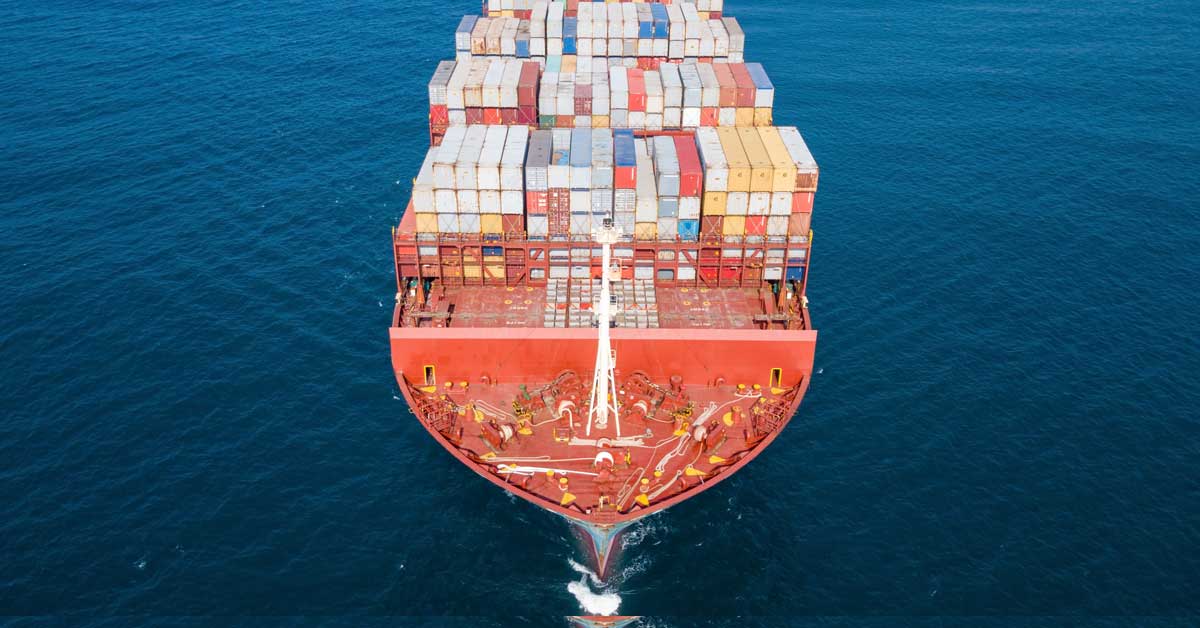2 min read
China’s Pulp and Paper Expansion: How Overcapacity Is Reshaping Global Competitiveness
ResourceWise
:
Oct 14, 2025 2:28:44 PM

China’s pulp and paper industry continues to expand at an unprecedented pace, with new mill projects, advanced technologies, and state-backed financing driving record output. What began as a push to meet domestic demand has now evolved into an era of overcapacity and a structural imbalance that is reshaping trade dynamics, pricing strategies, and sustainability priorities worldwide.
This expansion has far-reaching effects: global producers are contending with lower-priced exports, disrupted supply chains, and a shifting balance of power that challenges traditional market leaders in North America and Europe.
The Structural Forces Behind Overcapacity
Several key factors underpin this transformation:
- Government Financing and Subsidies – State-backed mills often prioritize employment and production targets over profitability, leading to sustained output and investments even when markets soften. Federal level strategic planning (so called “five-year plans”) encourages Made in China strategies that can lead to manufacturing investment
- Resource Accessibility – Access to cheap Russian oil and chemicals has reduced production costs for Chinese mills, particularly in coated paperboard and packaging grades.
- Wood Fiber Sourcing – China’s growing reliance on imported and sometimes questionable fiber sources, including rapid plantation expansion in Vietnam, raises sustainability concerns across the supply chain.
These dynamics are not only reshaping regional competitiveness but also redefining the global pulp and paper trade.
The Global Impact: Shifting Trade Dynamics
As China’s domestic market reaches saturation, excess capacity is being redirected toward export markets. This has disrupted global price stability, particularly in Asia-Pacific, Europe, and Latin America, where local producers are struggling to compete against lower-priced Chinese products. For pulp suppliers, China’s growing self-sufficiency is altering traditional fiber trade routes — challenging exporters in North America and the Nordics to find new markets and adjust strategies.
Resource Challenges and Environmental Implications
China’s overcapacity is not without environmental cost. The country’s reliance on imported wood fiber, chemical inputs, and energy raises concerns about sustainability and resource efficiency. Additionally, the push to maintain mill utilization rates often results in production continuing even when margins shrink, exacerbating both market volatility and ecological stress.
What Comes Next
Industry observers expect consolidation in China’s pulp and paper sector, as smaller and less efficient mills struggle to survive. Strategic investments in transparency, benchmarking, and efficiency will be crucial for staying competitive in a tightening global market.
Join the Conversation
For a deep dive into these developments, join Matt Elhardt, Chief Revenue Officer at ResourceWise, for the upcoming webinar “China’s Pulp and Paper Boom: How Overcapacity Is Reshaping Global Trade,” on October 29, 2025, at 2:00 PM EDT (6:00 PM UTC).
Reserve your spot now to gain expert insights into how overcapacity is redefining global supply chains, fiber markets, and competitive positioning.





